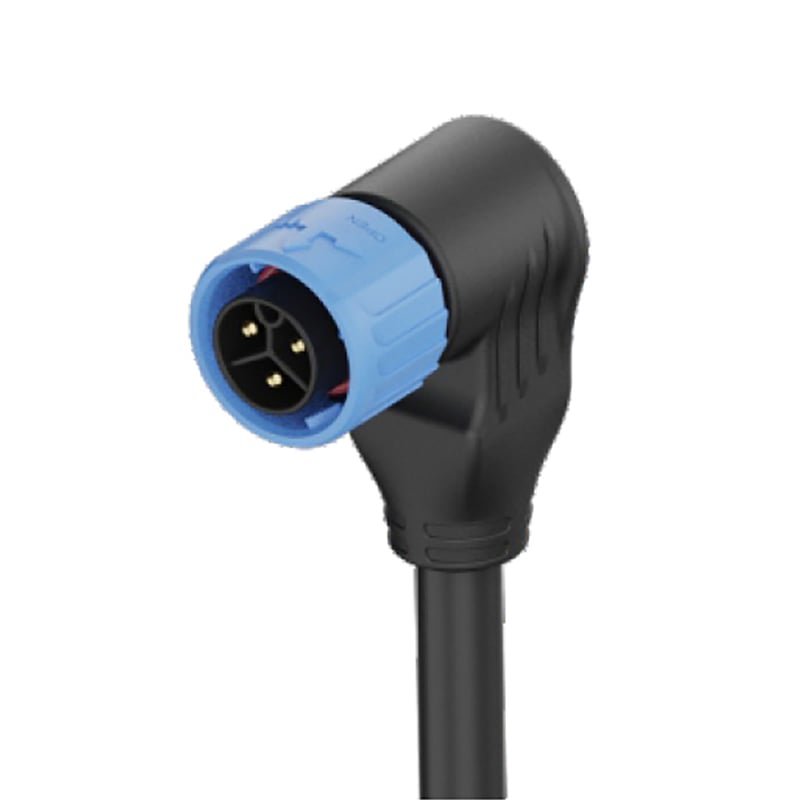Understanding Male and Female Pins
Electronics and electrical engineering are complex fields that require careful attention to detail, especially when connecting two components. When it comes to connectors, one aspect that must be understood is male vs female pins and how they differ from each other.
What are Male and Female Pins?
Male and female pins refer to two types of connectors used in electronic devices. They are designed to fit together, where the male end is inserted into the female side, creating a secure connection. The gender of the pin depends on the shape and size of the connector.
Understanding Male Pins
Male pins are characterized by their projecting pins or protrusions that can be inserted into a female pin. These connectors are often found in sockets, USB cables, and circuit boards and have an extending protrusion that fits into its complementary female pin. The pins are designed to be inserted and withdrawn, which makes them easy to remove and replace.
Understanding Female Pins
Female pins are designed to receive the male pins and are often found in receptacles. These types of connectors have a hollowed-out area that allows the male pins to be inserted, creating a secure connection for data or power transfer. Female pins are typically more durable than male pins because they do not experience the same wear and tear as they are not being inserted or removed from a socket or plug.
Applications of Male and Female Pins
The application of male and female pins is widespread in the electrical and electronics world. They are used in circuits, cables, and electronic devices. The male pins are used to make connections to the circuits when assembling electronic boards, while the female pins are used in connectors for charging ports, USB cables, and other devices.
Advantages of Male Pins
Male pins provide flexibility when making alterations to an electronic device. They are easy to insert, remove, and replace, making them convenient in settings where making changes is frequent or where testing is done on the circuit boards.
Advantages of Female Pins
Female pins are known for their longer lifespan and durability. They are typically designed for use in applications where they will not often experience removal or insertion, such as in charging ports and USB cables. This means that they can handle more power or data transfer over time than male pins.
Male vs Female Pin Connectors
The connectors used in male vs female pins are different and must match during coupling. The connections are usually made by pushing the male pin into the female connector, creating a secure fit. The male and female connectors are typically different shapes and sizes, which means that they cannot be connected incorrectly without modifications, intentional or accidentally.
The Cost Difference of Male vs Female Pins
The price difference between male and female pins varies based on the application. For instance, USB cables with male pins tend to be more expensive than those with female connectors. However, this can also depend on the quality of the materials used and the brand of the connector.
Conclusion
In summary, understanding the differences between male and female pins is essential for individuals working with electronic devices and circuits. Knowing the right type of pin to use in an application can make all the difference when it comes to wiring a circuit board, connecting cables, or charging devices. With this guide, you now have a better understanding of the differences between the two types of pins and their respective applications.

